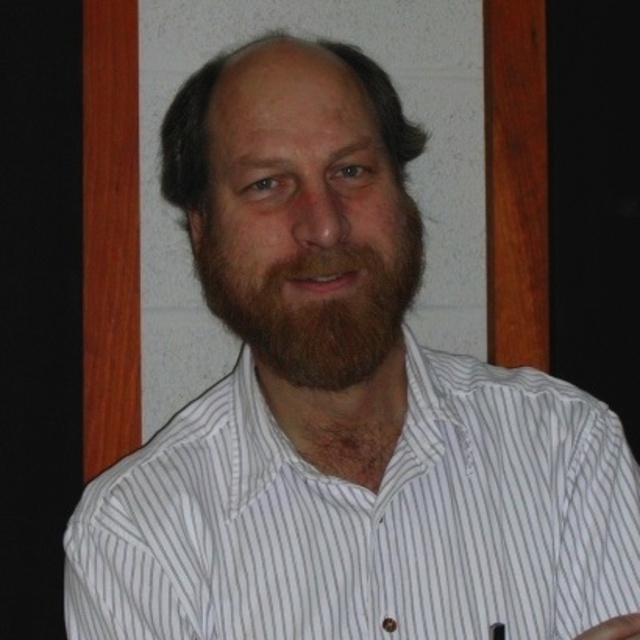August
2006
•
2006Sci...313..635L
Authors
•
Lisse, C. M.
•
VanCleve, J.
•
Adams, A. C.
•
A'Hearn, M. F.
•
Fernández, Y. R.
•
Farnham, T. L.
•
Armus, L.
•
Grillmair, C. J.
•
Ingalls, J.
•
Belton, M. J. S.
•
Groussin, O.
•
McFadden, L. A.
•
Meech, K. J.
•
Schultz, P. H.
•
Clark, B. C.
•
Feaga, L. M.
•
Sunshine, J. M.
Abstract
•
Spitzer Space Telescope imaging spectrometer observations of comet 9P/Tempel 1 during the Deep Impact encounter returned detailed, highly structured, 5- to 35-micrometer spectra of the ejecta. Emission signatures due to amorphous and crystalline silicates, amorphous carbon, carbonates, phyllosilicates, polycyclic aromatic hydrocarbons, water gas and ice, and sulfides were found. Good agreement is seen between the ejecta spectra and the material emitted from comet C/1995 O1 (Hale-Bopp) and the circumstellar material around the young stellar object HD100546. The atomic abundance of the observed material is consistent with solar and C1 chondritic abundances, and the dust-to-gas ratio was determined to be greater than or equal to 1.3. The presence of the observed mix of materials requires efficient methods of annealing amorphous silicates and mixing of high- and low-temperature phases over large distances in the early protosolar nebula.
Links





